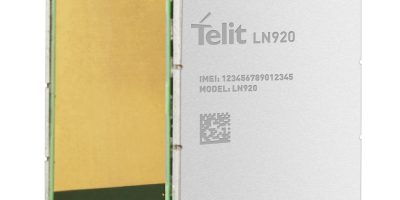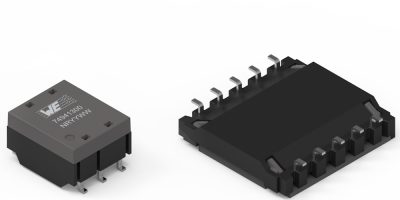The data centre (GPU) graphics processing codenamed Arctic Sound-M has been unveiled as the Flex series. The Flex series GPUs are designed to meet the requirements for intelligent visual cloud workloads, said Intel. The Flex 170 is designed for maximum peak performance while the Flex 140 is for maximum density.
The Flex series GPU are capable of processing up to 68 simultaneous cloud gaming streams and handle workloads without having to use separate, discrete solutions or rely on siloes or proprietary environments, said the company. This helps lower and optimise the total cost of ownership for diverse cloud workloads like media delivery, cloud gaming, AI, metaverse and other emerging visual cloud use cases.
“We are in the midst of a pixel explosion driven by more consumers, more applications and higher resolutions,” explained Jeff McVeigh, Intel vice president and general manager of the Super Compute Group, Intel. “Today’s data centre infrastructure is under intense pressure to compute, encode, decode, move, store and display visual information”.
The Flex series GPUs have what is claimed to be the first hardware-based AV1 encoder in a data centre GPU to provide five times the media transcode throughput performance and two times the decode throughput performance at half the power of the Nvidia A10 in the case of the Intel Flex series 140 GPU, for example. According to Intel, the series also delivers more than 30 per cent bandwidth improvement to save on the total cost of ownership and has broad support for popular media tools, APIs, frameworks and the latest codecs, including HEVC, AVC and VP9.
The GPUs are powered by Intel’s Xe-HPG architecture and can provide scaling of AI inference workloads from media analytics to smart cities to medical imaging between CPUs and GPUs without “locking developers into proprietary software”.
The video processing demands of video conferencing, streaming, and social media have transformed the compute resource requirements of the data centre. The increased media processing, media delivery, AI visual inference, cloud gaming and desktop virtualisation has presented a challenge for an industry largely dependent on proprietary, licensed coding models, like CUDA for GPU programming, said Intel.
The Flex series GPU software stack includes support for oneAPI and OpenVINO. Developers can use Intel’s oneAPI tools to deliver accelerated applications and services, including the Intel oneAPI Video Processing Library (oneVPL) and Intel VTune Profiler, for example. The open alternative to proprietary language lock-in enables the performance of the hardware and has a set of tools that complement existing languages and parallel models. This allows users to develop open, portable code that will take maximum advantage of various combinations across Intel CPUs and GPUs. It also means developers are not tied to proprietary programming models, which can be financially or technically restrictive, said Intel.
The Flex series GPU media architecture is powered by up to four Xe media engines, for streaming density and to deliver up to 36 streams 1080p60 transcode throughput per card. It is also capable of delivering eight streams 4K60 transcode throughput per card.
When scaled to 10 cards in a 4U server configuration, it can support up to 360 streams HEVC-HEVC 1080p60 transcode throughput.
Leveraging the Intel Deep Link Hyper Encode feature, the GPU Flex series 140 with two devices on a single card can meet the industry’s one-second delay requirement while providing 8K60 real-time transcode, reported Intel. This capability is available for AV1 and HEVC HDR formats.
To meet the growth in Android cloud gaming, the GPUs are validated on nearly 90 of the most popular Google Play Android game titles. A single Flex series 170 GPU can achieve up to 68 streams of 720p30 while a single Flex series 140 GPU can achieve up to 46 streams of 720p30 (measured on select game titles).
When scaled with six Flex Series 140 GPU cards, it can achieve up to 216 streams of 720p30.
Systems featuring Flex series GPUs will be available from providers including Dell Technologies, HPE, H3C, Inspur, Lenovo and Supermicro. Solutions with the Flex series GPU will ramp over the coming months, starting with media delivery and Android cloud gaming workloads, followed by Windows cloud gaming, AI and VDI workloads.
http://www.intel.com







